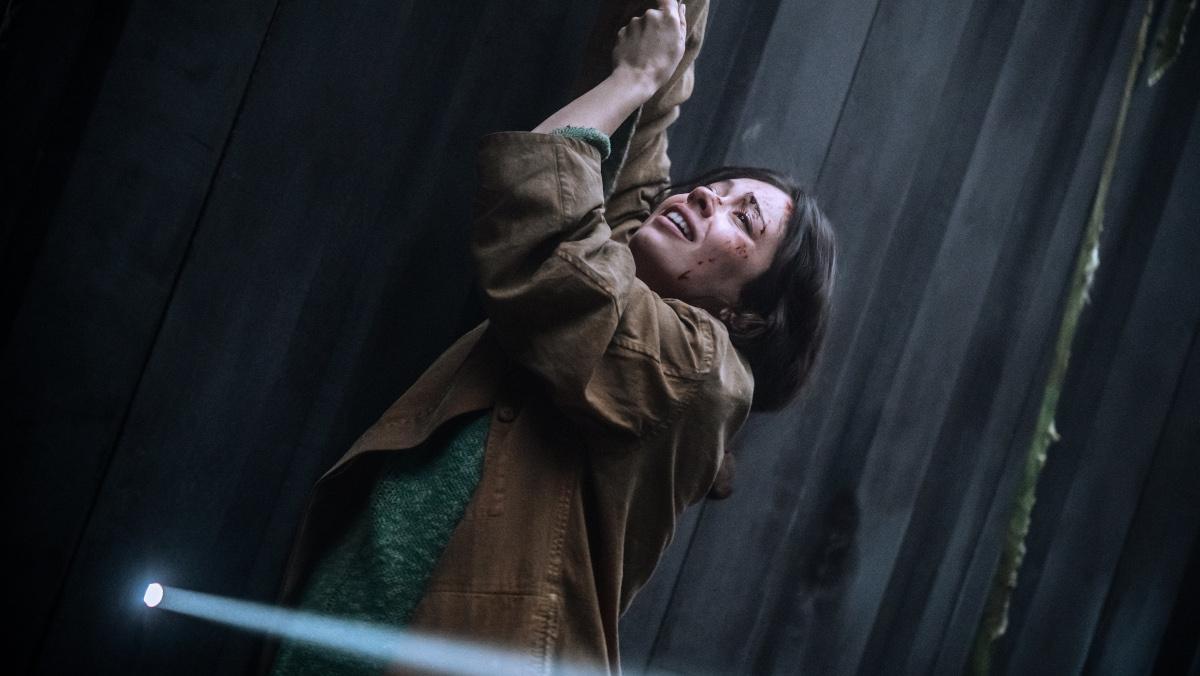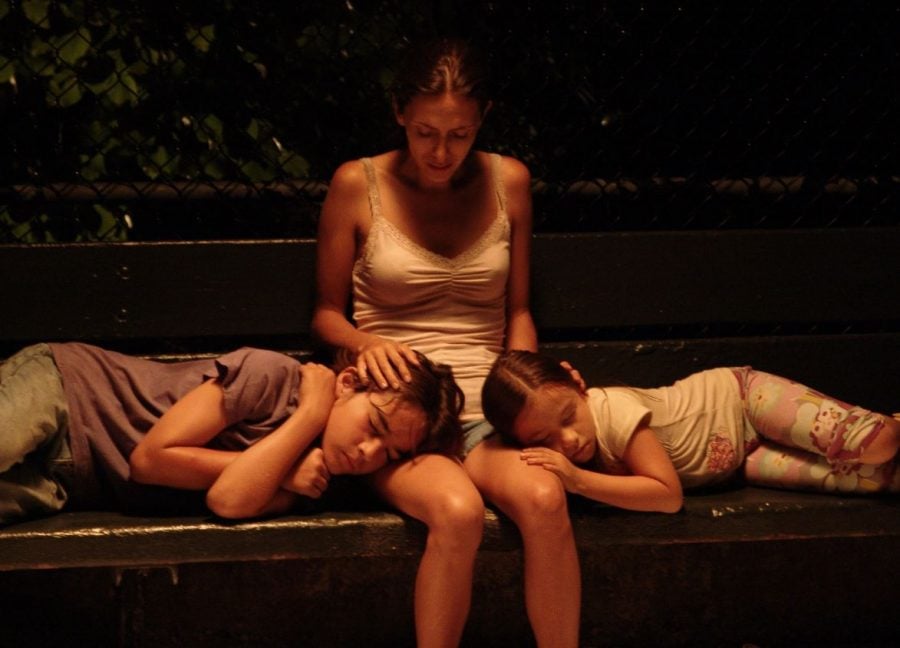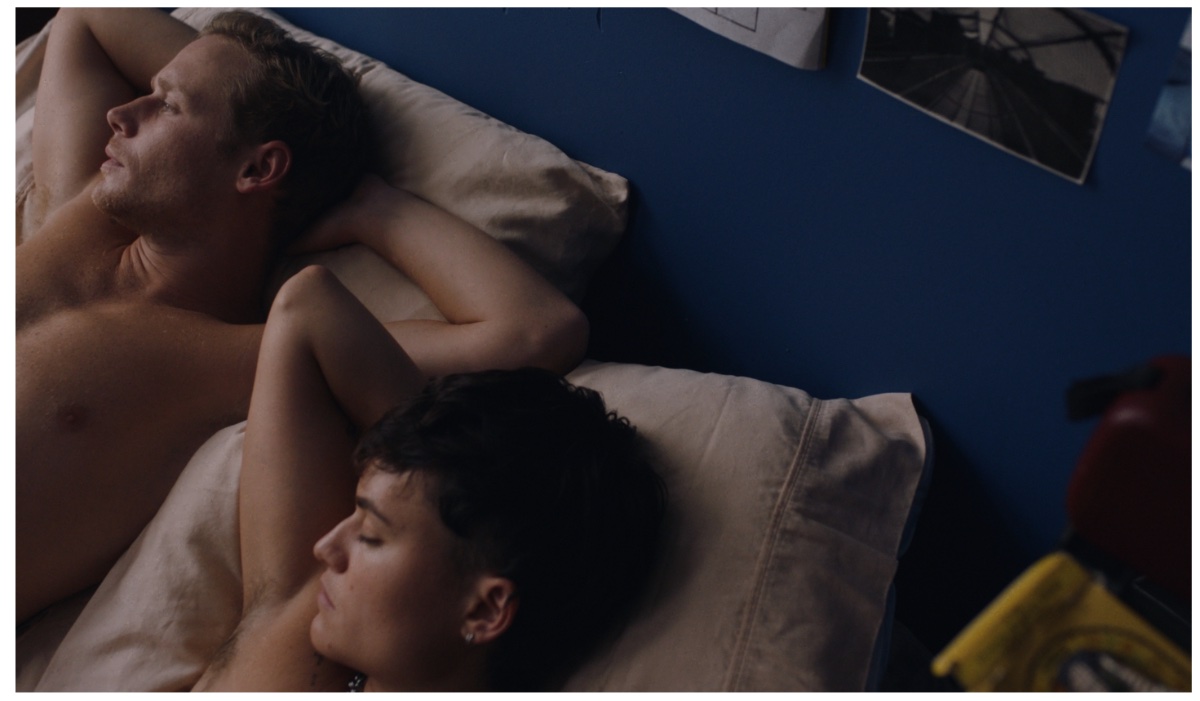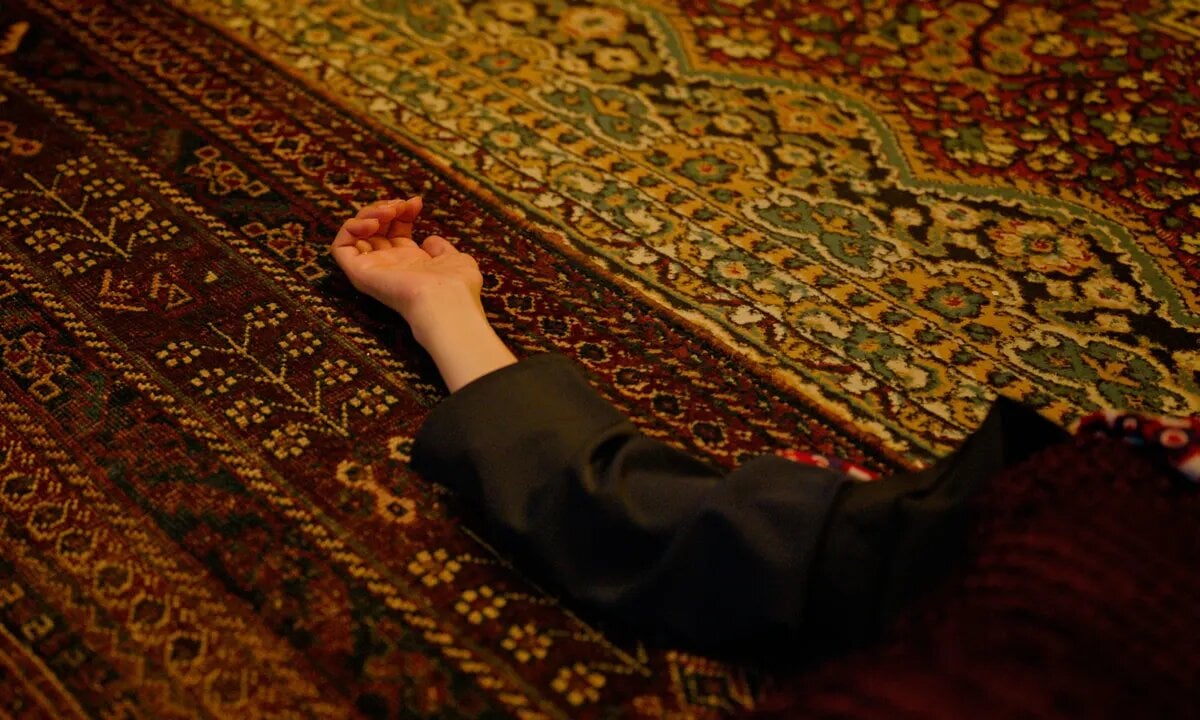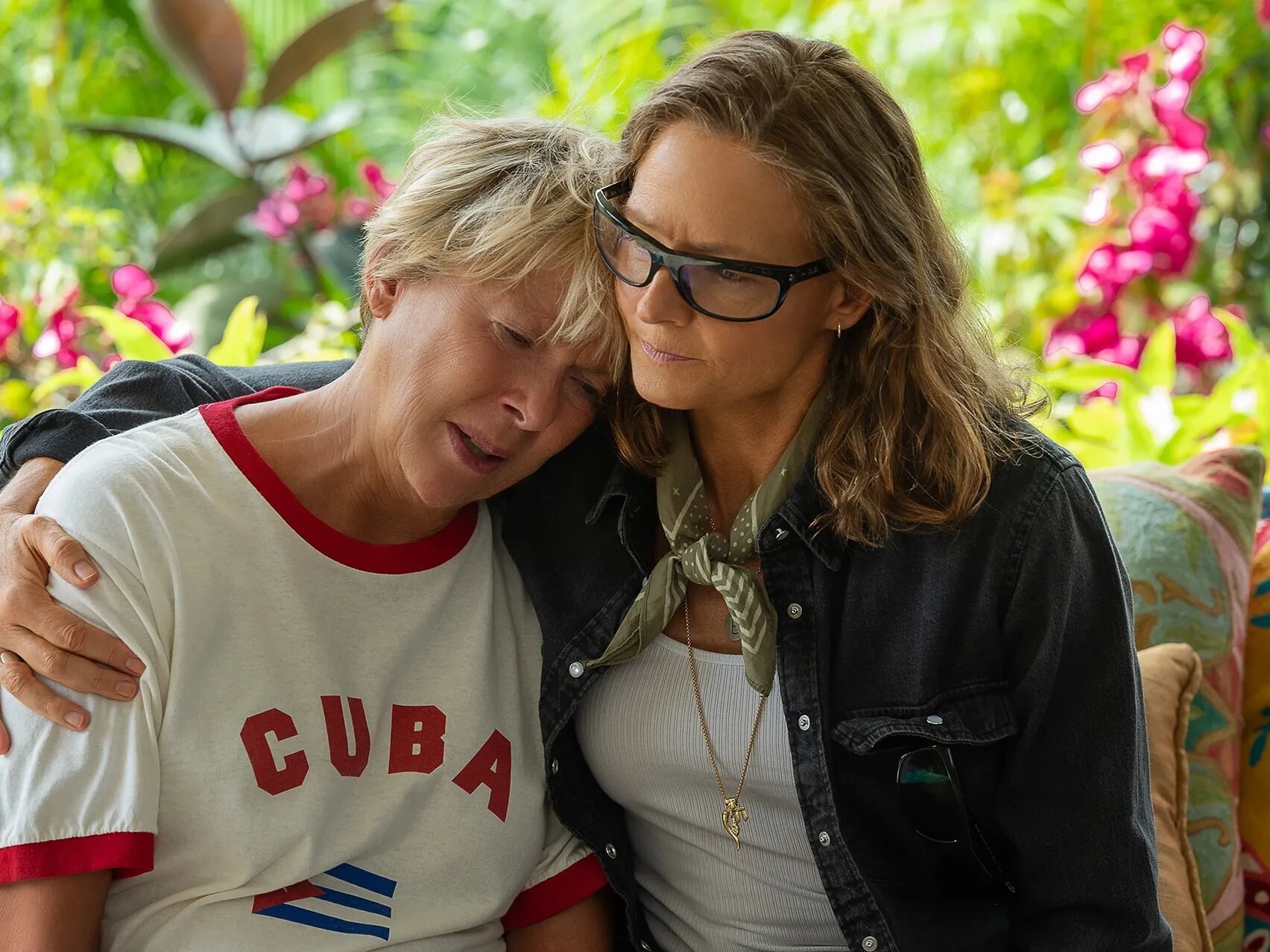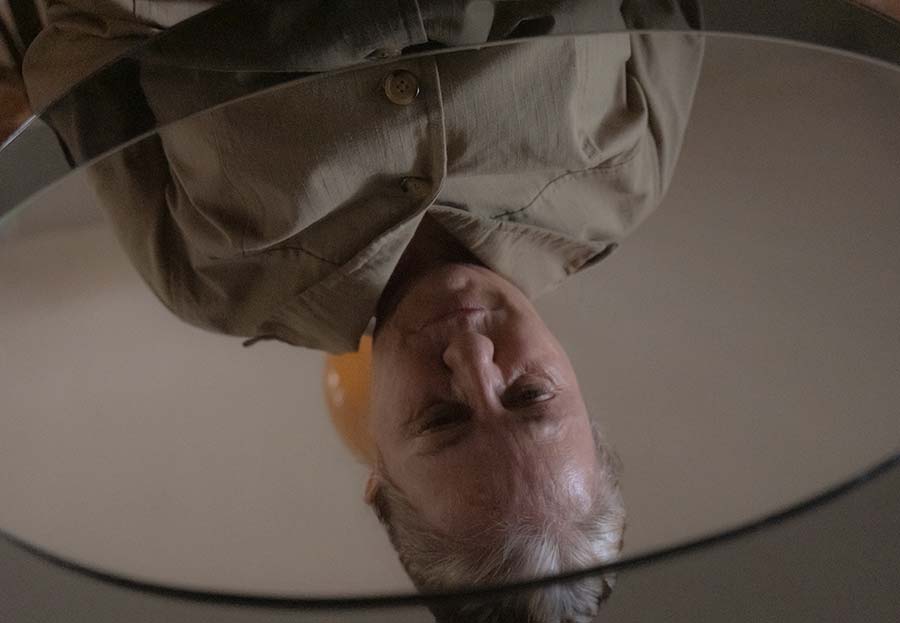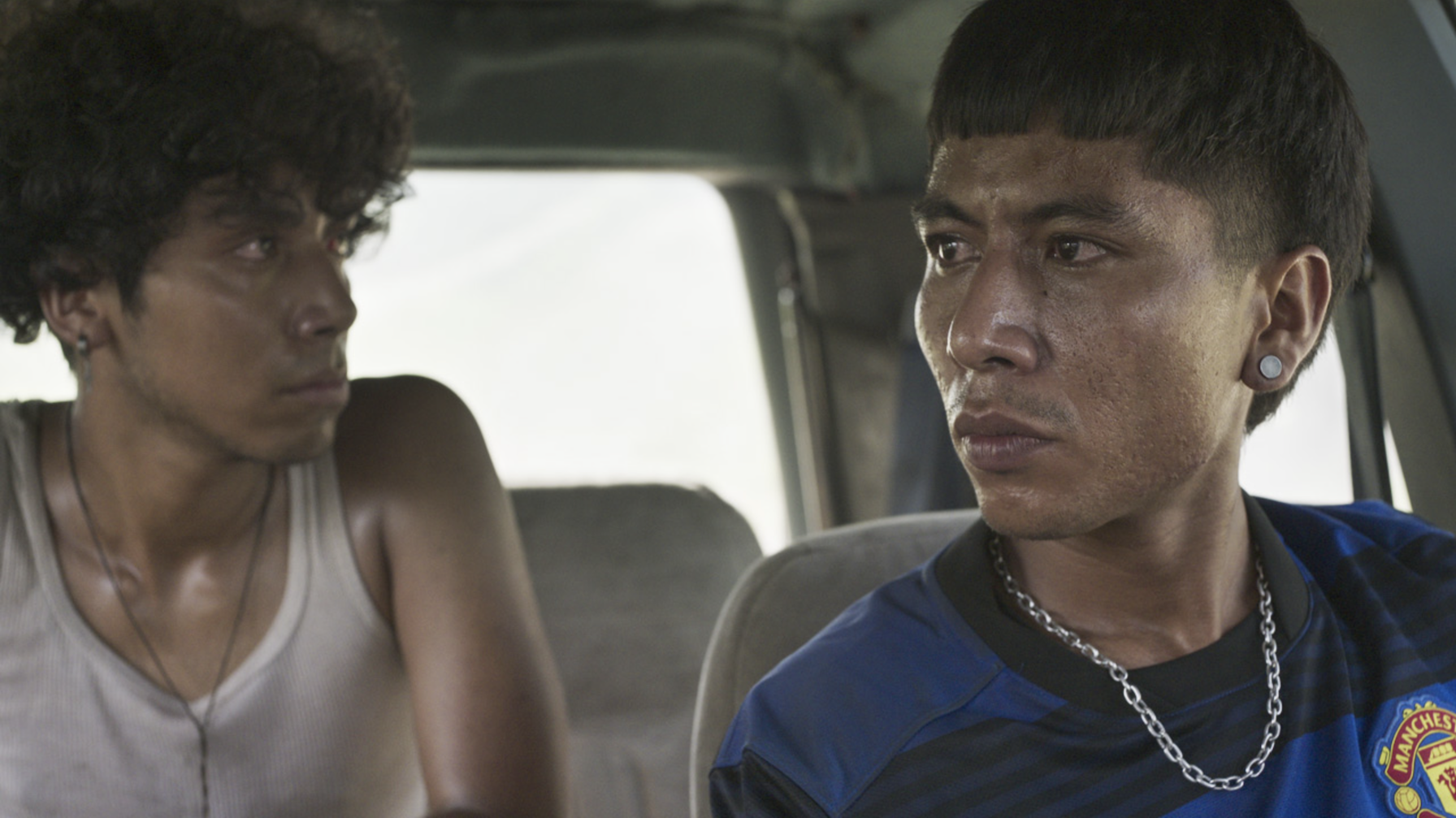
Hurricane Season (2023)
R
6.7
Movie
6.7
The Staff
TLDR
No one portrays humid sweat better than Latin American and Southeast Asian filmmakers.
What it's about
The take
The atmosphere communicated within the title Hurricane Season comes off incredibly clearly on screen: this is a film that just feels humid and full of foreboding for a coming storm, with people feeling all manner of guilt while secluded in their own homes. Cinematographer María Secco's gorgeous colors and brown tones fill the 4:3 aspect ratio nicely, and director Elisa Miller lets events unfold with the stately pace of a long novel. There's something fascinating here about how each new "chapter" or perspective doesn't really lead to more answers, but simply to more anguish closing in from all sides.
So it would be understandable if some may be put off by how unrelentingly dark Hurricane Season is, especially as the trans woman whose death becomes the central event never enjoys the kind of characterization everybody around her gets. Apart from how the film illustrates that discrimination against women, against repressed "taboo" sexuality, and against access to proper reproductive health only threatens to grow under poverty, it can be difficult to grasp what point the movie is trying to make. Social realism certainly has its place in cinema, but the different perspective in this particular film still don't add up to more than the sum of its parts.
What stands out
The film's visual design is really its best quality. So much story is told just in these rundown spaces and in the texture of the bodies that Miller captures on screen. There's a very digital look to Secco's cinematography that many independent filmmakers from the Global South have pretty much mastered at this point; instead of simply making the movies look lower-budget, these images really accentuate how strong these ordinary settings can look on film. This style creates a sense that stories can be hiding right in plain sight where we are, no need for elaborate sets.
Comments
Add a comment
Your nameYour comment
UP NEXT
UP NEXT
UP NEXT
Curated by humans, not algorithms.

© 2024 agoodmovietowatch, all rights reserved.


